Menopause
Sleep-related disorders linked to hypertension in postmenopausal women

New research suggests sleep disorders in postmenopausal women may raise the risk of hypertension — abnormally high blood pressure.
Postmenopausal women tend to have poorer blood pressure control than men of the same age, partly due to falling oestrogen.
They also report more sleep problems, including short sleep, trouble sleeping or obstructive sleep apnoea (when breathing repeatedly stops and starts during sleep).
A study of more than 3,500 naturally postmenopausal women examined links between sleep-related disorders and the odds of hypertension.
The study found that trouble sleeping and obstructive sleep apnoea were associated with higher odds of hypertension.
It also suggested a U-shaped pattern for sleep duration — both too little and too much sleep were linked with increased risk.
A subgroup analysis indicated body mass index played a role, with stronger effects seen in women with obesity.
The findings highlight the value of sleep health and weight management in reducing hypertension risk in this group.
Dr Monica Christmas, associate medical director for The Menopause Society, said: “Although it isn’t possible to determine causality or which came first—sleep dysfunction or hypertension—the study findings raise awareness around the importance of improving sleep quality and optimal weight management during and after the menopause transition as key factors in mitigating long-term cardiovascular risk.”
Sleep is fundamental to cardiovascular health, and women after the menopause commonly report difficulty getting adequate rest.
Despite a research gap focused specifically on postmenopausal women, evidence increasingly supports sleep disturbance as a substantial, often undervalued, risk factor.
News
Self-guided hypnosis significantly reduces menopausal hot flushes, study finds
Wellness
FDA removes warning label from menopause drugs
News
Dame Lesley Regan vows to ‘revamp’ UK’s Women’s Health Strategy – “we’ve let women and girls down”

The Women’s Health Ambassador for England, Dame Lesley Regan, has promised to overhaul the government’s 10-year strategy, as she revealed the scale and cost of the UK’s gender health gap three years on.
Speaking at Women’s Health Week in London earlier this month, Regan revealed that Health Secretary Wes Streeting has tasked her with “revamping” the government’s Women’s Health Strategy, following the publication of his 10-year plan to reform the NHS.
Promising to “rise to the challenge”, Regan also hinted at plans to streamline pathways for innovators, to fast-track solutions into the NHS, and said that the system must stop “admiring the problem” and start redesigning care around women’s lives.
“We are the only country I know in the world with a national health service free at the point of delivery,” said Regan, during her closing keynote speech on Thursday 16 October.
“Yet we’ve got so complacent about the important things in women’s health that we’ve really let girls and women down.”
Major health challenges for women
A Professor of Obstetrics and Gynaecology at Imperial College London, Regan painted a stark picture of the state of women’s health in 2025.
As well as huge gaps in care for women and girls experiencing menstrual symptoms such as PMS and menopause, women face a raft of wider health challenges.
Contraception has become increasingly difficult to access, resulting in almost half of all pregnancies being unplanned, and as well as having the highest teenage pregnancy rate in Europe, abortion rates are also rising among women over 32.
Meanwhile, cervical screening uptake is at an all-time low, with marginalised women at greatest risk despite cervical cancer being preventable with HPV vaccination and smear tests.
The number of high-profile maternity scandals in recent years reflects a flawed system, where the annual amount spent on litigation costs by NHS Resolution exceeds the allocated total funding for maternity care.
Maternal mortality is three times higher in Black women and twice as high in Asian women, with suicide now a leading cause of direct maternal death, one in four among teenage girls.
According to Regan, many of those are known to mental health services.
“In the last maternal mortality report, every single woman who died was known to mental health services,” she said.
“I have to conclude that we let them down.”
Regan also highlighted gender disparities and inequalities in chronic health conditions, which often go undetected or misdiagnosed in women.
Conditions like Parkinson’s and Alzheimer’s, for example, present differently in females, who are twice as likely to be diagnosed with dementia.
And while women are twice as likely to die from cardiovascular disease as from cancer (52 per cent deaths annually), they are often diagnosed later than men, due to a lack of understanding of their symptoms.
Major causes of morbidity and mortality, frailty and osteoporosis, also disproportionately affect women.
More than a fifth of females (21 per cent) are affected, compared to six per cent of men, with women typically experiencing twice as many fractures.
There are vast geographical inequalities, too.
Every year, 500,000 fragility fractures occur throughout the UK, but less than 53 per cent of the population can access Fracture Liaison Services in the community, with quality and standards varying significantly.
“Until very recently, most politicians across the globe viewed women’s health as maternity,” said Regan.
“But women spend most of their lives post-reproductive, and we have never really catered for that… We’ve got to look after women’s health across their life course.”
Delivering on women’s health hubs
The Women’s Health Strategy, first published in 2022, was shaped by the largest ever call for evidence in a Department of Health consultation, gathering a total of 100,000 responses. Out of these, 84 per cent of women reported not being listened to by healthcare professionals.
In response, the strategy set out a six-point plan which promised to address these inequalities, including through the establishment of women’s health hubs.
Regan believes hubs are crucial for delivering on the promises of the 10-year plan, including shifting from hospital to community care, moving from analogue to digital, and pivoting from treatment to prevention.
Successful case studies from hubs in some of the most deprived areas of England have demonstrated early benefits of these hubs, including reduced secondary-care referrals, shorter waiting lists, improved access and equity, workforce retention, more specialised training, and fewer adverse outcomes.
But not all Integrated Care Boards across England are offering all core services.
Delivering more Women’s Health hubs is part of a five-point plan moving forward, according to Regan, which also includes improving maternity and menstrual care, tackling inequalities and funding more research.
“We’ve continued to admire the problem, but that’s what we’ve got to stop,” Regan said.
“The most important thing to be able to do things better is that you have to be willing to do it differently.”
A “front door” for change
Building on this, Regan expressed her “frustration” at some of the challenges faced by startups trying to bring solutions to market, hinting at plans for a hub or a “big front door” to streamline regulatory approval processes.
“Almost every time I talk to entrepreneurs or investors, they tell me the same story: ‘We’ve been knocking on the door of government, and we always get pushback’,” she said.
“I want to paint that door bright yellow so you’ll never miss it, and when it opens, I want people to be welcoming. We need to stop sending people off to navigate endless pathways. There should be a hub that sorts it.”
Benefit to the UK economy
There’s a strong economic argument for the UK government to deliver on these promises.
Global life expectancy is increasing, and while women typically live longer than men, they spend more of their lives in poor health.
A woman will experience ill health for an average of nine years throughout her life, impacting her ability to be present and/or productive at home, in the workforce, and in the community.
Regan shared analysis from McKinsey Health Institute, which shows that more than half of the women’s health gap affects women during their working-age years, significantly impacting the UK’s GDP.
At least 56 per cent of Disability-Adjusted Life Years stem from conditions which impact women differently or disproportionately.
Taking this into account, closing the gender health gap in the UK could generate more than £36bn in annual GDP by 2040, a figure that could exceed $1 trillion globally.
A 2024 report published by the NHS Confederation estimates that the economic cost of absenteeism due to severe period pain and heavy periods, alongside endometriosis, fibroids and ovarian cysts, is nearly £11 billion per year, while 60,000 women are thought to be unemployed due to menopause symptoms.
The findings suggest that for every additional £1 invested in obstetrics and gynaecology per woman in England, the return on investment is estimated at £11.
Dutch collaboration
Regan has now been invited to the Netherlands to help officials there develop their own Women’s Health Strategy.
In conversation with Dutch Minister Judith Tielen, Regan highlighted the need for international collaboration to accelerate wider global change when it comes to women’s health.
The Netherlands is already collaborating across ministerial department’s including employment and social security, with education next.
Tielen shared the outcomes from an initiative at Amsterdam University Medical Centre, which offered free gynaecology consultations to female staff to reduce sick leave.
“Hundreds of women signed up in days, and sickness absence dropped significantly,” she said.
“It’s a societal question, not one for women to solve alone.”
Regan agreed, adding: “We cannot afford for women not to be part of the solution.”
-

 News3 weeks ago
News3 weeks agoDozens of women report suffering painful burns after using Always sanitary towels
-

 Wellness4 weeks ago
Wellness4 weeks agoCutting through the noise in femtech – key takeaways from Women’s Health Week 2025
-

 Fertility3 weeks ago
Fertility3 weeks agoAI embryo selection tool wins European approval
-

 News5 days ago
News5 days agoOpinion: Not ‘just stress’ – How hormonal changes affect women’s brain function
-
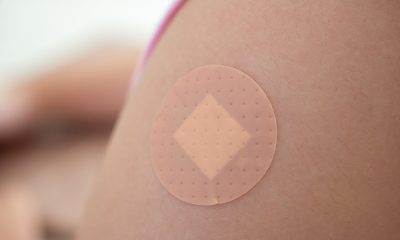
 News3 weeks ago
News3 weeks agoTestosterone patch shows promise for menopausal women
-

 News4 weeks ago
News4 weeks agoScientists develop breakthrough approach to detecting endometriosis in menstrual blood
-

 Wellness2 weeks ago
Wellness2 weeks agoFrom SEO to GEO: How women’s health brands can get found in the age of AI
-

 News3 weeks ago
News3 weeks agoFDA approves new menopause drug to treat hot flashes and night sweats




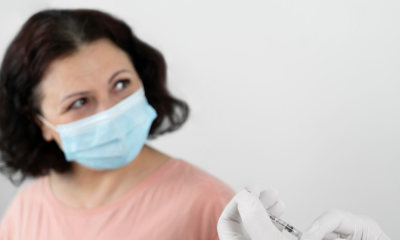

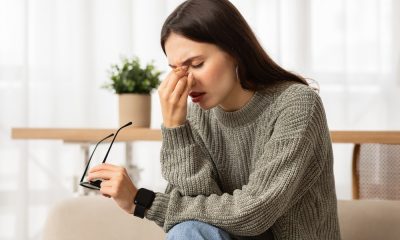



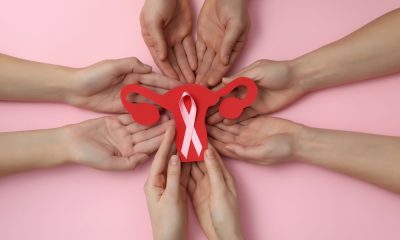



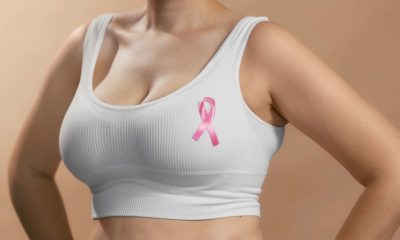

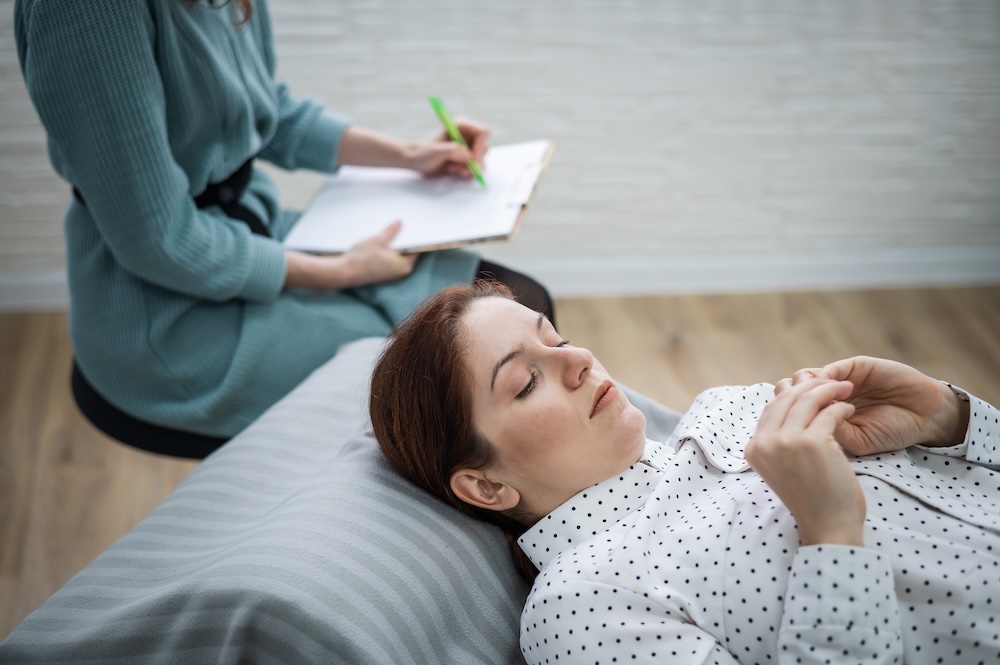



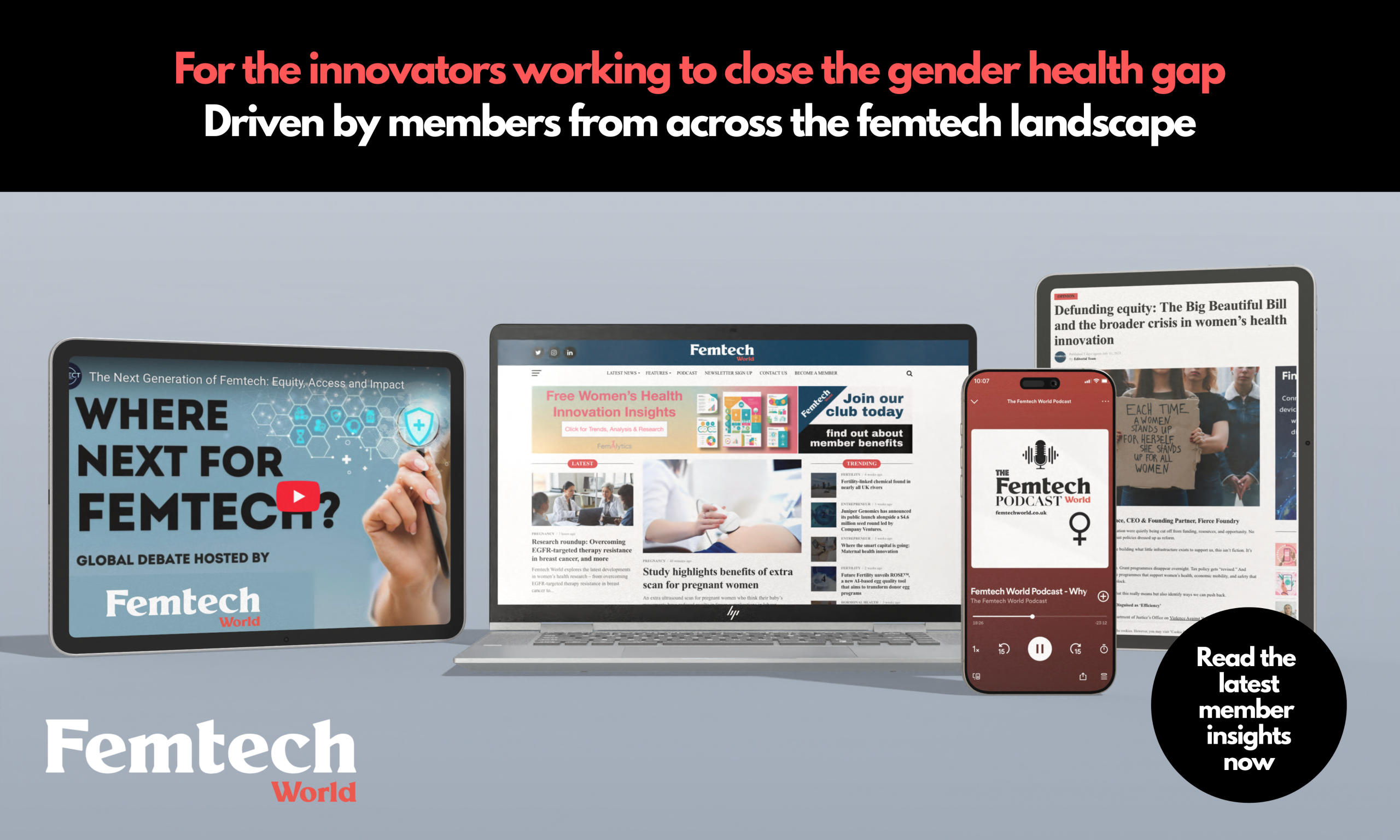











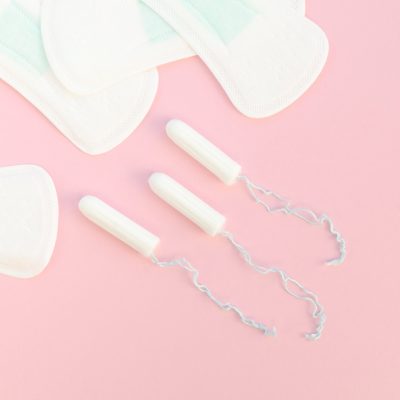
1 Comment